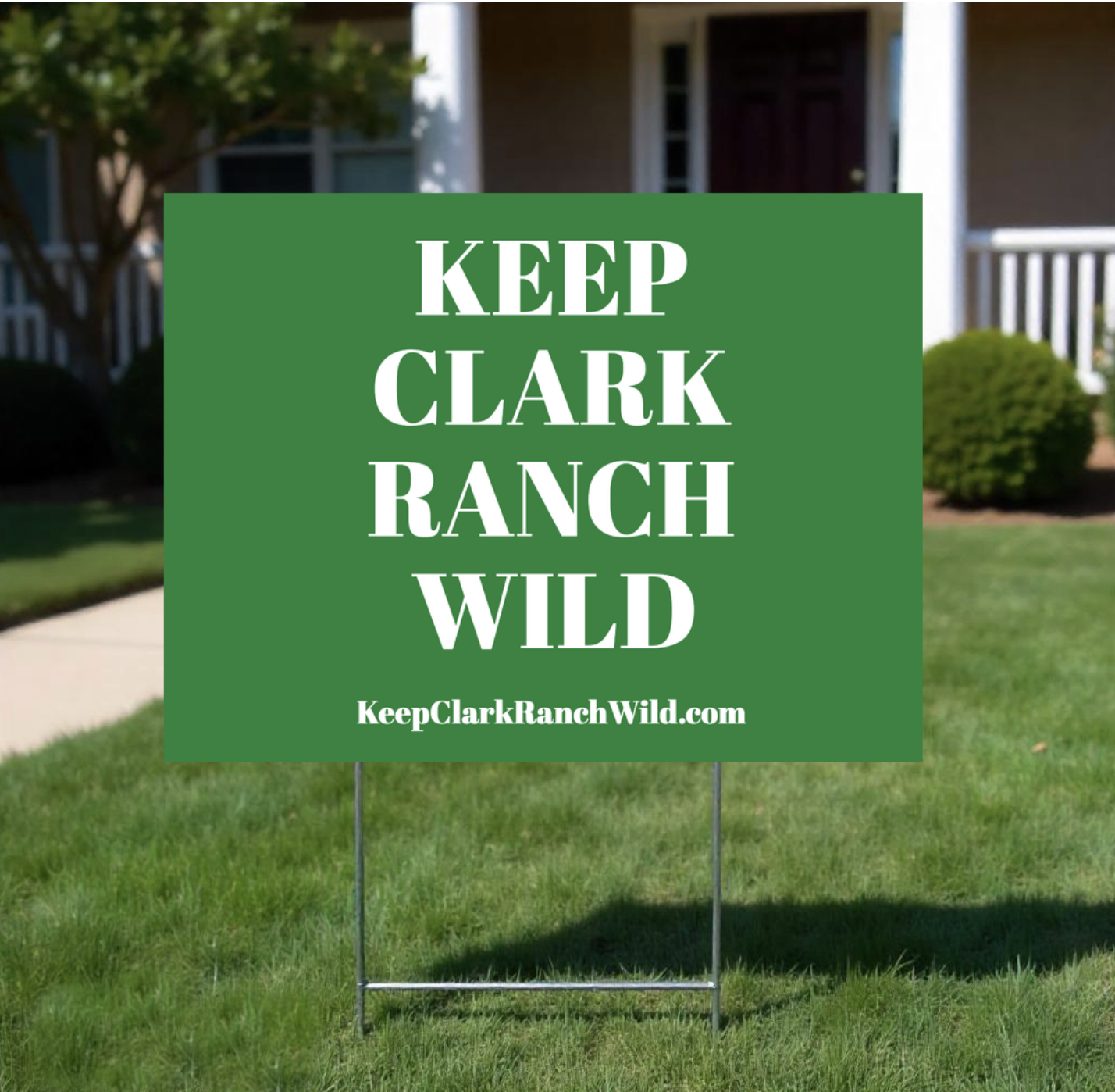Frequently Asked Questions
What is clark ranch?
Clark Ranch is the name of both a swath of land the community purchased to preserve as open space, and a proposed 200+ unit housing development that some elected officials are now pushing on the northwest corner of the land.
Who’s behind keep clark ranch wild (KCRW)?
Park City residents advocating to preserve open designated space and support affordable housing where it makes sense.
what is the goal of kcrw?
We hope to center the public process around development of Clark Ranch on facts, including that housing was never recommended for the parcel. Our goal is to get clear and accurate information to the community, to ensure applications for development and zone changes are complete and compliant, and to give the community a say in deciding how tax dollars are spent and whether rezoning open space is worthwhile.
what is the main reason kcrw is opposed to the clark ranch development?
What we oppose is the location and process of the current Clark Ranch proposal. Park City Municipal and its development partner, Alexander Company, are pushing a false narrative and saying affordable housing was recommended for 10 acres of Clark Ranch. The Citizens Open Space Advisory Committee (COSAC), tasked with advising a conservation easement for the land, never recommended housing or large structures. Minutes and recollections from those on COSAC at the time confirm this. Small scale facilities in support of recreation were the only potential uses for which COSAC said a maximum of 10 acres might be carved off the conserved acreage. Alexander Company’s proposal involves development on more than 14 acres and disturbance of land greater than that. The proposed site is steep, challenged, home to wildlife, and far from transit and services.
does kcrw support affordable housing?
Yes! We share Park City’s deep commitment to affordable and workforce housing. Our teachers, healthcare workers, first responders, and service employees are essential to our community, and they deserve the opportunity to live close to where they work. In fact, many of KCRW’s members live in affordable housing here in Park City.
who owns the land for the proposed clark ranch development?
Park City Municipal owns the land.
What was the original intent behind the city’s purchase of clark ranch?
The 344 acres of Clark Ranch was acquired by the city in 2014 and zoned Recreation Open Space (ROS). The intent of the acquisition was conservations, and COSAC was tasked with recommending the framework of the conservation easement. Most wanted all of Clark Ranch conserved. Two members suggested carving off a maximum of 10 acres in the even the City one day saw use for the land it was paying significantly for. Meeting minutes and the final COSAC recommendation to Council show the 10 acres would be for “municipal use TBD”, not for housing.
was there ever any specific intention to build affordable housing on the clark ranch property?
On August 25, 2015, the Citizens Open Space Advisory Committee (“COSAC”) finalized months of discussion and finalized recommendations later brought to Council. The minutes from that meeting states: “Potential development parameters if necessary: Up to 10 acres, located in the northwest corner of the parcel adjacent to Park City Heights, to be excluded from this easement for other City uses TBD by Council.”
Those minutes confirm that housing was NEVER discussed as a specific recommended use. In fact, even on their final recommendation day, housing wasn’t discussed at all! Committee discussion focused on recreation-related uses, for example, trailhead bathrooms and equestrian facilities.
why is building a new road so problematic?
If the existing unpaved fire road, which runs parallel to Rt. 40, is widened and paved, that will be start of a road that could eventually connect to many more developments south of Park City Heights, including Deer Valley East. The traffic increases on Richardson Flat Road and Rt. 248 would be enormous.
Has a traffic study been conducted?
Neither the city nor the developer have submitted the results of any traffic studies. There is concern that those studies were conducted during the shoulder season and will, therefore, not account for the true traffic loads during our peak ski season. In addition, there is concern that the study will not account for cars generated from nearby Studio Crossing and its 300+ units.
are there other nearby areas that would be better suited for affordable housing?
Yes! The soon-to-open Studio Crossing development has land nearby that is much flatter and, therefore, easier for building. In addition, there are planned amenities at Studio Crossing that are much more attractive for affordable housing dwellers including retail, dining and easy access to public transit. Park City Municipal owns other land in the area, and we believe all parcels and local landowner relationships deserve vetting in order that the community be able to choose the best outcomes.
